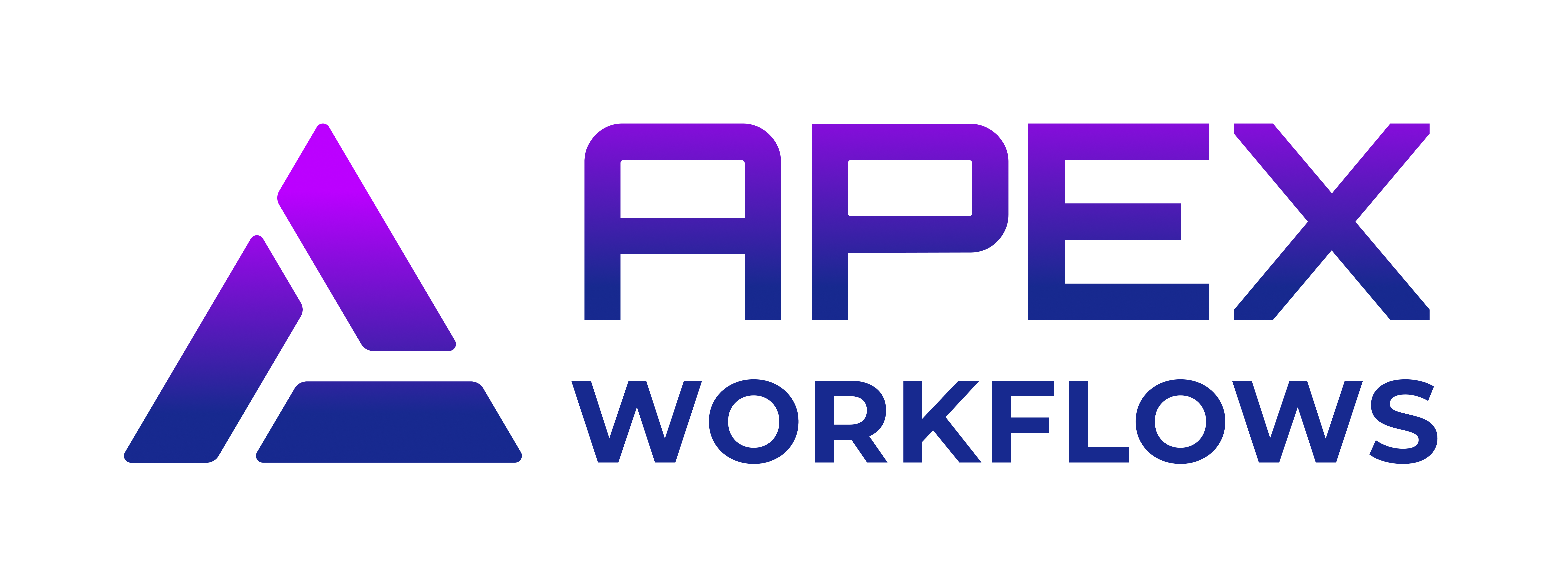In recent years, artificial intelligence (AI) has steadily reshaped legal operations, moving from simple automation of repetitive tasks to delivering intelligent insights and decision support. While past advancements have focused on increasing efficiency, the next major shift in 2025 is centered on reducing errors—an often underestimated but critical challenge in legal processes. As regulatory expectations grow and clients demand more precision, legal teams are turning to intelligent, AI-powered legal workflows not just to streamline tasks but to actively prevent mistakes and elevate the quality of legal outputs.
The Rise of AI Legal Workflows
AI legal workflows refer to the integration of artificial intelligence into routine and complex legal processes—combining automation with capabilities like natural language processing, predictive analytics, and anomaly detection. Whereas early legal tech primarily handled task automation such as document management and calendaring, modern AI systems offer dynamic workflows that can interpret legal language, flag inconsistencies, and make contextual recommendations.
The growing complexity of legal matters, demand for faster responses, and the need for higher accuracy are all driving the adoption of these intelligent systems. Unlike traditional automation tools that simply followed predefined rules, AI legal workflows learn from data patterns, allowing them to adapt to new legal requirements and client needs. This evolution empowers legal departments with tools that are not only faster but significantly more reliable.
Error Reduction in Legal Processes Through AI
Errors in legal operations arise from multiple sources—manual data entry mistakes, oversight in document review, misinterpretations of policy, and inconsistencies during contract drafting. These errors don't just affect internal efficiency—they can result in compliance violations, increased litigation risk, and reputational damage.
AI addresses these challenges head-on. Legal workflows powered by AI can automatically detect discrepancies in contracts, flag missing clauses, and provide real-time consistency checks. For example, contract analysis tools now use NLP to identify non-compliant language and compare clauses against company policies or regulatory databases, drastically reducing review errors.
Beyond document accuracy, AI enables predictive analytics that identify potential litigation risks based on historical case patterns or contract data. These insights allow legal teams to proactively intervene before minor issues escalate. Use cases such as anomaly detection in billing practices and enhanced legal research tools further support accuracy, reducing reliance on human recall or manual cross-referencing.
Smarter Legal Operations: Enhancing Performance, Not Replacing People
A common concern around AI in the legal industry is that it could replace human professionals. In reality, AI augments human capacity by taking over routine, error-prone tasks—freeing legal professionals to focus on high-impact advisory and strategic roles.
For instance, AI-powered knowledge systems centralize institutional legal knowledge and make it accessible in real time, enabling faster and more informed responses to internal clients. This reduces dependency on siloed expertise and improves consistency in legal opinions across teams. Additionally, AI tools minimize billing discrepancies and time tracking errors through automated data capture and analysis, supporting smoother operations and improved client transparency.
The shift is clear: AI legal workflows don't diminish human roles—they empower legal teams to do more, with greater accuracy and strategic value.
AI-Powered Legal Tools Reshaping Day-to-Day Work
Legal teams in 2025 are equipped with a growing suite of AI-powered tools that streamline daily operations and enhance visibility. Tools like legal virtual assistants now interpret natural language queries and deliver policy insights, conduct legal research, and retrieve documents in seconds.
Contract lifecycle management (CLM) systems have evolved to include AI-driven contract analysis and negotiation suggestions, automating workflows for agreements such as NDAs, procurement contracts, and vendor approvals. Compliance bots handle real-time monitoring and flag deviations as they occur, which reduces the legal team's burden while improving governance.
These tools are increasingly integrated with enterprise applications (e.g., CRM, ERP) to deliver a 360-degree view of legal risk and operations. Dashboards powered by AI track evolving risk signals and offer predictive indicators that legal leaders can use for strategic planning and reporting.
Legal Tech 2025: Emerging Capabilities and Challenges
As legal tech matures, its capabilities are expanding into previously manual or intuition-driven areas. Predictive algorithms analyze case law and precedent to forecast litigation outcomes or judge behavior, offering lawyers a strategic edge. Voice-assisted tech now aids in drafting legal documents, while AI tools auto-generate contract clauses tailored to jurisdiction or risk profile.
However, new capabilities bring new challenges. Data quality and readiness remain ongoing hurdles—AI systems are only as smart as the data they learn from. Ethical concerns around algorithmic transparency, bias, and proprietary data use are increasingly important, particularly in highly regulated industries.
Resistance to change is another significant barrier. Without a clear understanding of how AI tools align with legal objectives, adoption can falter. It’s vital that legal groups evaluate AI solutions based on clearly defined problems and ensure each tool supports measurable outcomes.
Human Oversight and Ethical Governance in AI Legal Workflows
While AI brings speed and precision, it must be governed by human oversight to ensure fairness and accountability. Legal workflows should be designed with both autonomous capabilities and safeguard mechanisms that allow human review of high-impact decisions.
Legal teams must be trained to assess, interpret, and audit AI outputs—including understanding model assumptions, error margins, and data sources. A new generation of professionals—AI ethics counsel and legal data analysts—will be essential to protect the integrity of legal decisions made with AI assistance.
Transparent frameworks and ethical checkpoints must be embedded within AI systems, ensuring that automated decisions can always be traced and explained, meeting both legal and ethical standards.
The Future of Legal Operations: Toward Intelligent Strategy
The era of merely automating routine tasks is evolving into one defined by intelligent, strategic support. AI legal workflows are enabling cross-functional collaboration across departments from procurement to compliance, giving legal a more central, proactive role in the enterprise.
As this transformation accelerates, we’re seeing new legal roles emerge: AI legal advisors, legal process engineers, and legal data experts—each focused on optimizing the intersection of law, technology, and data. Organizations that foster a culture open to change, creativity, and continuous compliance improvement will not only reduce errors but also gain a competitive advantage.
Conclusion
The real advantage of AI in legal operations isn’t simply doing things faster—it’s doing them better, with fewer errors and more insightful outcomes. By 2025, legal departments that embrace AI legal workflows will unlock the full potential of legal tech—not just automating processes, but transforming them into intelligent workflows that minimize risk, enhance performance, and elevate strategic impact.
To stay ahead, legal teams must move beyond automation toward proactive, AI-enabled operations where error reduction is built into the core of every decision. The future of legal operations lies in smart systems, empowered people, and a commitment to excellence driven by intelligence.

![beyond-automation-ai-driven-error-reduction-for-legal-ops-in-2025-ai-legal-workflows-error-reduction-2025 Beyond Automation: AI-Driven Error Reduction for Legal Ops in 2025 – [AI legal workflows, error reduction, 2025]](https://apexworkflows.com/wp-content/uploads/2025/09/make555738931-1024x638.webp)




